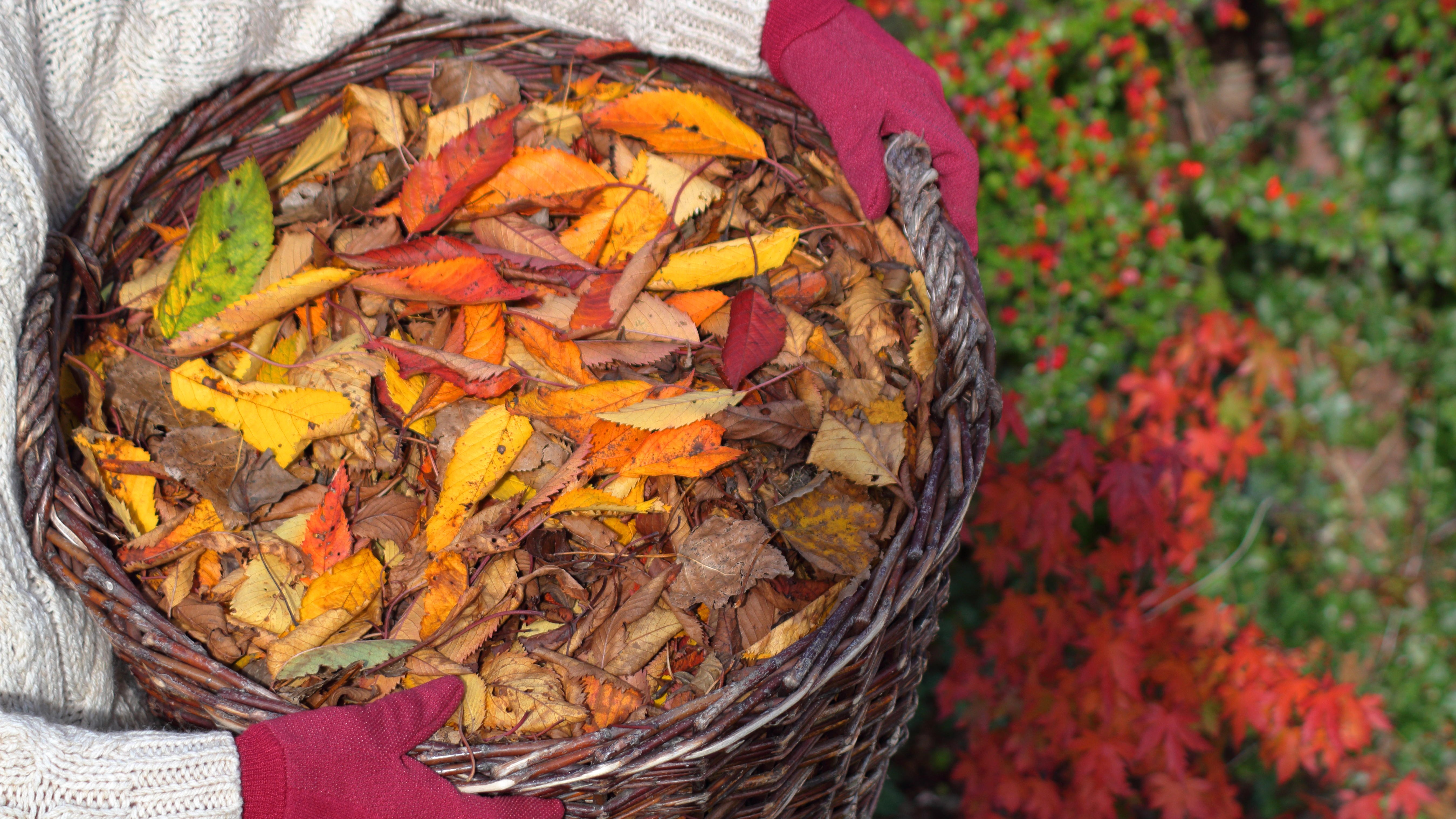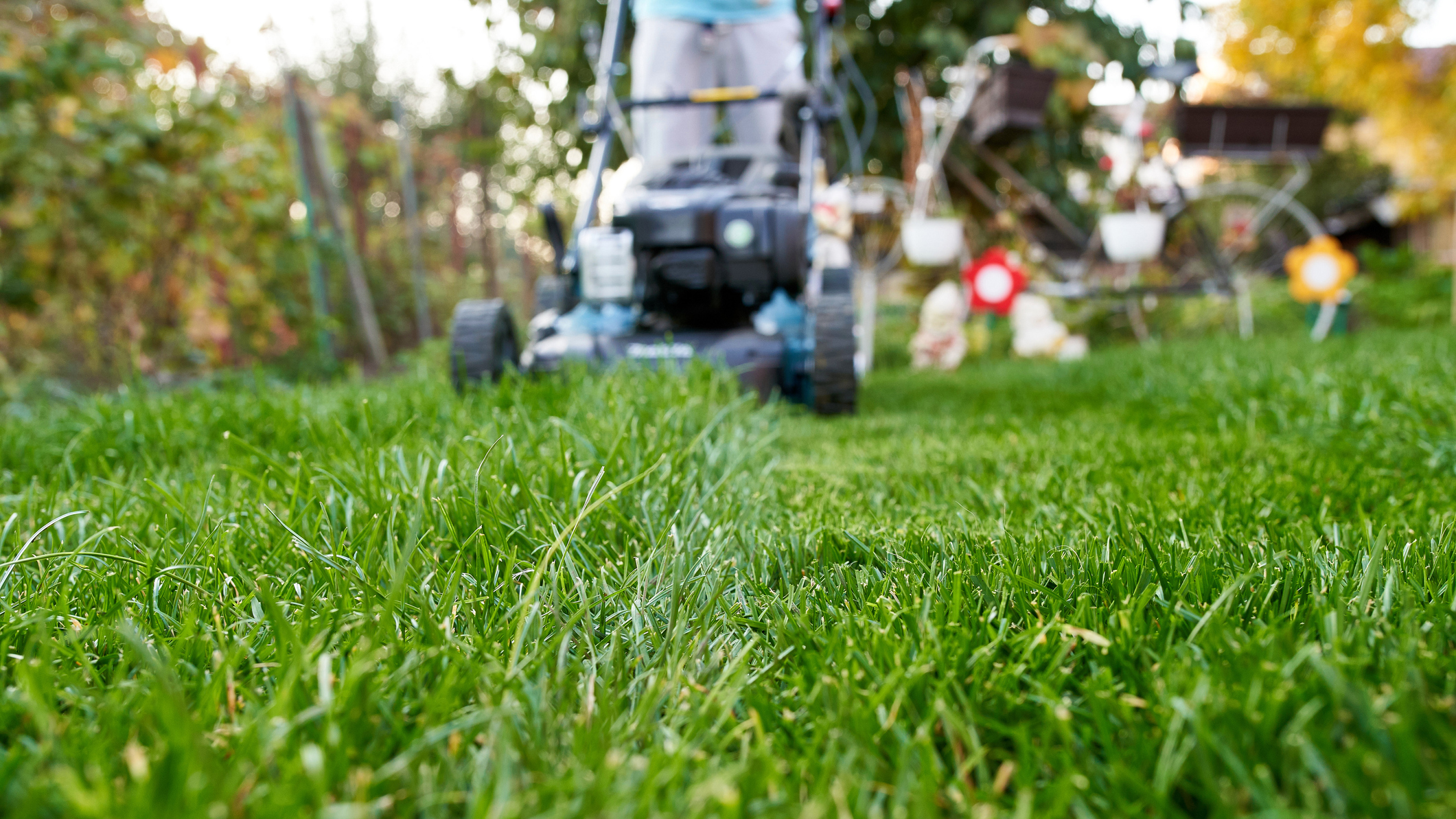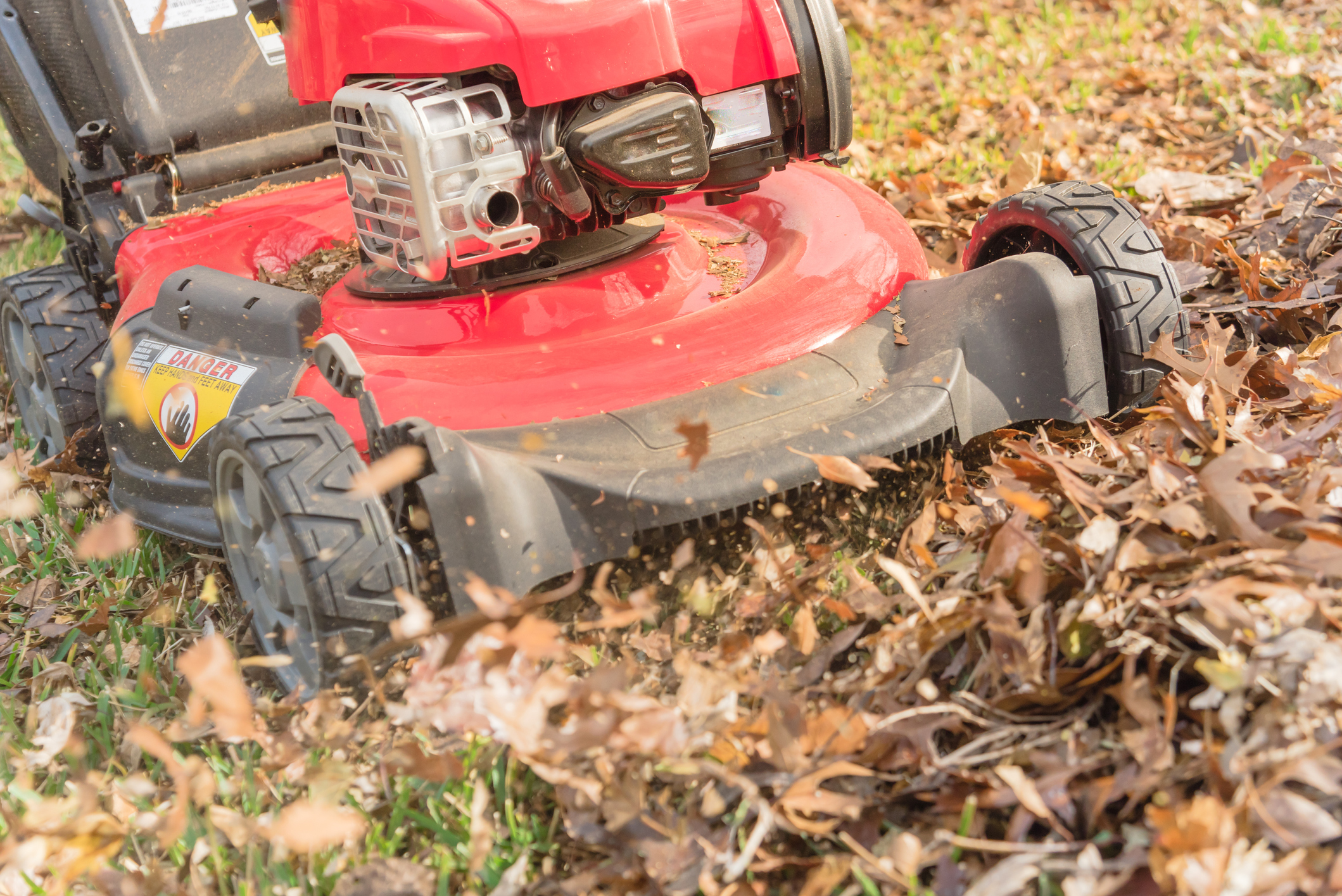6 reasons to mulch in the fall
Prep your yard ready to tackle the winter

Knowing the best time to mulch is crucial for looking after your plants and trees, so here we reveal six reasons to mulch in the fall. As the cold months close in, the plants and trees in your yard will need protection against the plummeting temperatures as they wait for spring to return and blossom again.
But it is not just protection against the cold that mulch brings. It has a whole host of benefits that will keep your yard looking good and encourage an environment that will promote growth. But what type of mulch should you choose?
You can get down to your local garden centre and purchase some decorative stone, or permeable landscape fabric to quickly introduce a layer of protection. Or you can stay organic and save a few dollars and make your own mulch - a simple solution is learning how to mulch leaves.
6 reasons to mulch in the fall
Why mulch in the fall? It’s the ideal time to protect your yard and here two gardening experts reveal the reasons why.
1. Adds organic matter into the soil
Organic mulch is a cost effective and yard friendly way to get rid of some yard waste and it's good for your soil as Chris Bonnett, founder of Gardening Express explains: “Mulched leaves can be highly beneficial for your yard. As they decompose, they release organic matter, carbon, and essential minerals into the soil, which most lawns lack."
This promotes plant growth and improves soil fertility and overall health. By using mulched leaves as a fertiliser, you can save money while providing your garden with the essential nutrients it needs.

Gardening Express is a leading online Plant & Garden Specialist based in the UK. The business was created by founder CEO Chris Bonnett, and has grown to be a thorn in the side of traditional rivals with its dynamic approach and new thinking.
2. It’s better for the environment
It’s easy to get rid of yard waste like leaves, but recycling them is a much better choice as Bonnett reveals: “Every fall, a lot of people choose to bag the fallen leaves from their yard and send them off to landfill."
Sign up to receive the latest news, reviews, buying guides and deals direct to your inbox
"This overload of green waste can increase methane emissions and put a strain on landfills. Diverting green waste from landfills and turning it into mulch instead reduces the release of methane and helps with global warming.”

3. It helps with moisture retention
Moisture retention is one of the many benefits of mulching. “A layer of mulch helps to reduce water evaporation, helping retain moisture in the soil,” explains Bonnett. This helps feed the roots while also providing insulation helping make sure that the moisture doesn’t freeze and affects any roots.
4. To add insulation
The temperatures outside start to plummet as winter approaches, and these conditions are not ideal for your plants. So, they will need some help as gardening expert Jack Sutcliffe – and founder of Power Sheds – reveals: “Applying mulch in the fall helps to insulate the soil and protect plant roots from extreme temperature fluctuations. As the weather turns colder, mulch acts as a blanket, keeping the soil warmer for a longer period and provides a barrier against harsh winter conditions such as upcoming frost and snow.”

Launched in February 2019 by Jack Sutcliffe and Simon Hobson, Power Sheds was launched with the intention to become the online benchmark for quality and durability by offering a product with unparalleled simplicity through a brand you can trust.
5. Take control of weeds
No one wants weeds in their yard, they can spoil the look of your garden while grabbing nutrients from the soil that your other plants need.
Reviews
Whirlpool 24" Stainless Steel AI Dishwasher Review
Napoleon TravelQ PRO285 Portable Gas Grill review
Dreame L40 Ultra Robot Vacuum Cleaner and Mop review: almost hands-free cleaning
GE Profile Smart Mixer with Auto Sense review: a powerful, thorough mixer
Echo eForce DPB-2500 review: a leaf blower as a snow removal tool?
DPAS-2100 + Pro Paddle Attachment review: a new way to remove snow this winter?
Midea MAD53109APK 5.5QT Air Fryer review: a small, simple, and highly effective option
Eureka J15 Pro Ultra Robot Vacuum review: hands-free cleaning for busy families
As Sutcliffe explains, “a layer of mulch acts as a barrier, suppressing weed growth by blocking out sunlight and preventing them germinating. By preventing weeds from taking hold, fall mulching can significantly reduce the competition for nutrients and water, giving your plants an advantage as they head into the dormant winter months.”
6. Helps stop soil erosion
Winter typically brings with it wind, rain and even snow, and it's these conditions that can erode your top soil. Introducing a layer of mulch will add a layer of protection against these conditions.
If the weather does erode your layer of mulch, you will need to replace it, but your soil will still be intact. If your soil is on a slope, you can use a permeable woven landscape fabric and tuck in at the bottom of the slope to help stop the soil washing away.

FAQs
What is the difference between biodegradable and non-biodegradable mulches?
Biodegradable mulches are made from organic materials and will slowly break down and release nutrients into the soil. This will improve the quality of the soil and help your plants grow to be healthy and strong, improving flowering and fruiting. The mulch will eventually need to be dug into the soil or removed and replaced with a new layer of mulch. Good material for biodegradable mulch includes wood chippings (like these 100% Natural Cedar Chips), leaf mould, straw if you are growing strawberries and seaweed.
Non-biodegradable mulches do not add nutrients to the soil like biodegradable mulches, but they are good at suppressing weeds and retaining moisture in the soil. Decorative aggregates like pebbles, lava rocks and slate stone are often used to make your yard look good. The alternative is to use sheets of permeable woven landscape fabric, these are ideal for new soil and plants. You can lay and cut a slit in the fabric where you want to plant new plants.
How long does mulch last?
This will depend on what material you are using to mulch. If you are using an organic material like leaf mulch then you will need to replace approximately every 6 months. It will rot down and can be removed or dug into the soil.
Other organic mulch such as wood chippings can last for five years or longer. But, if they are being used as a decorative mulch they can lose their appeal after a few years and need replacing. Other decorative mulch like pebble and lava rocks will last as long as you want them.
What problems can mulch cause?
Organic mulch needs to be laid properly to work effectively. If the mulch is laid too thick it will suppress the growth of plants rather than encourage it.
If too much moisture gets trapped under the mulch this can encourage disease, and once it takes hold it will spread and can attract unwanted bugs. Another issue is excessive heat under the mulch. If the air can’t escape, the temperature will rise and can kill plant/tree roots. A thick layer of mulch may attract rodents who like to chew on tree bark which can hinder growth and the health of a tree.
Mulch should be around 2-3 inches thick. If the mulch is too thick, simply use a rake to thin it out. Check the depth by picking up a small handful of mulch until the ground is exposed and measure the depth.
